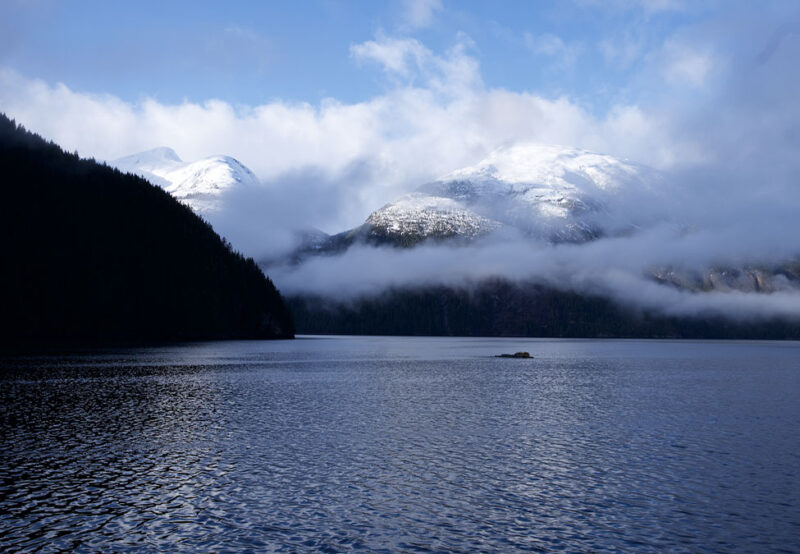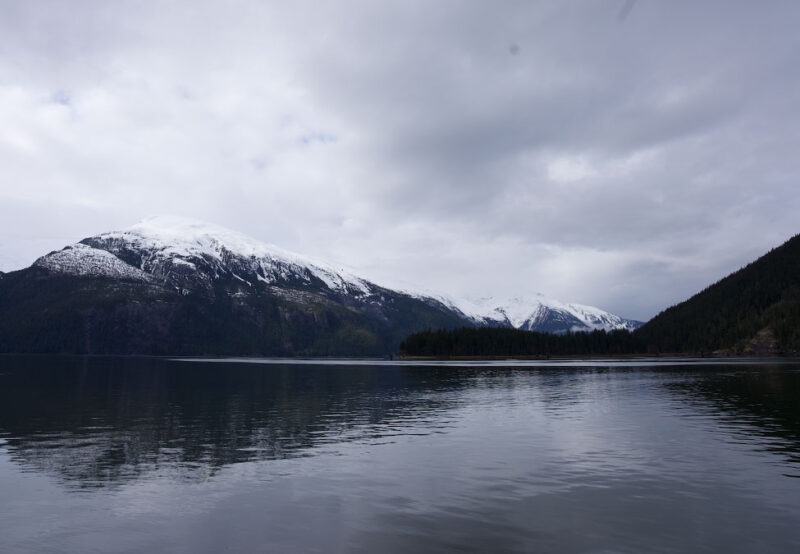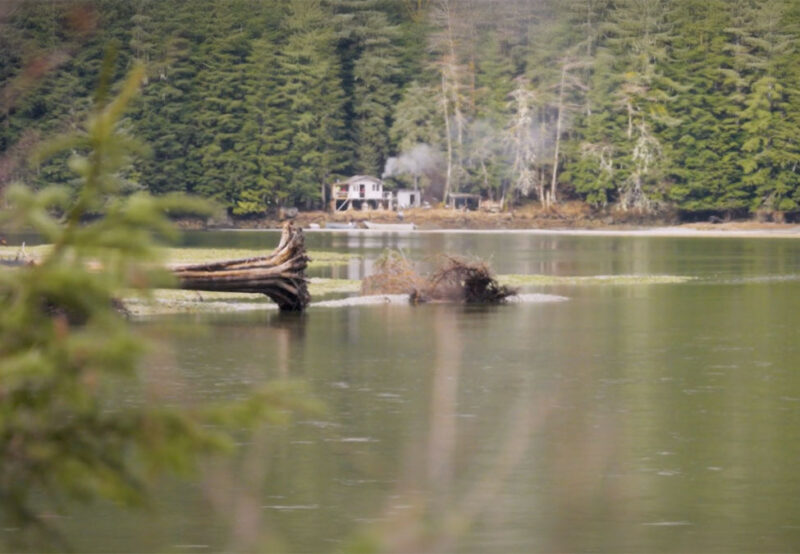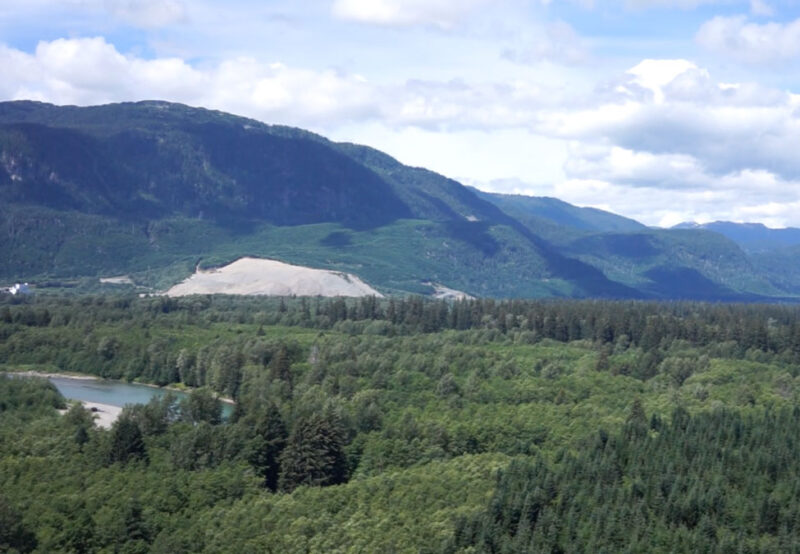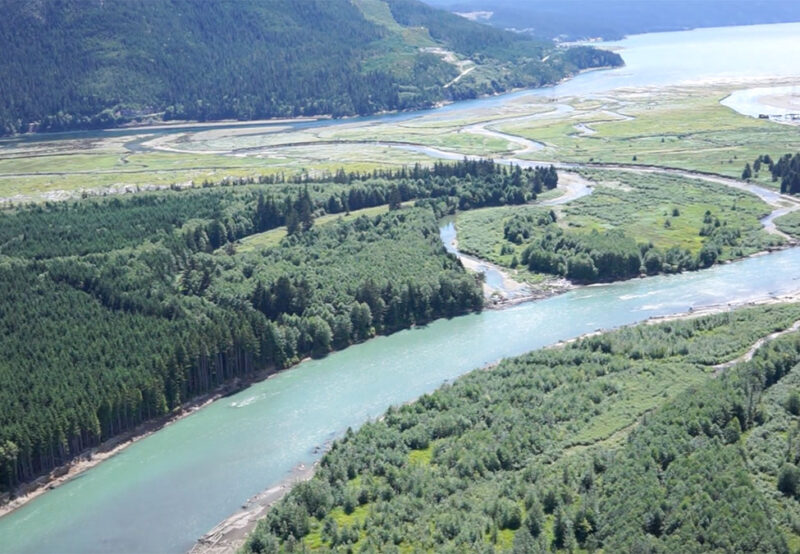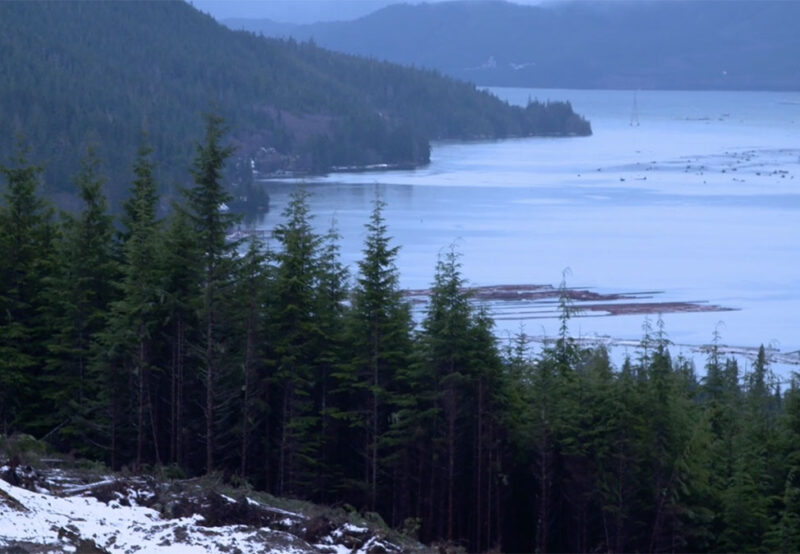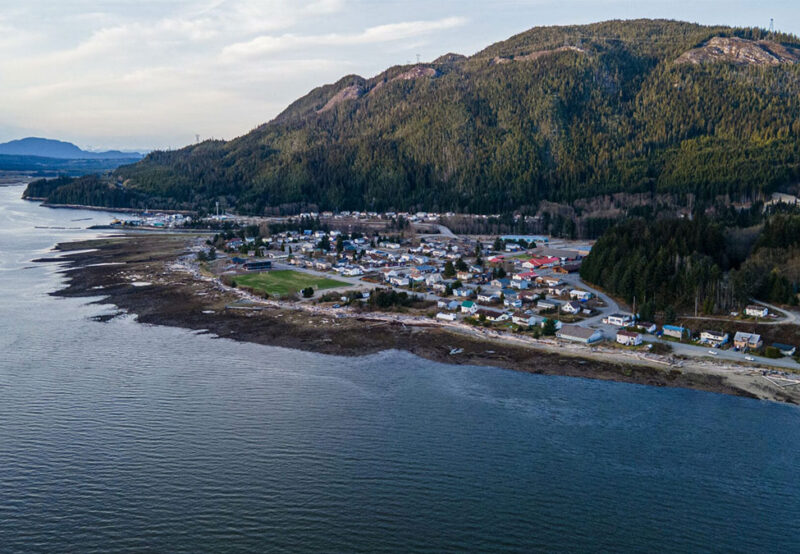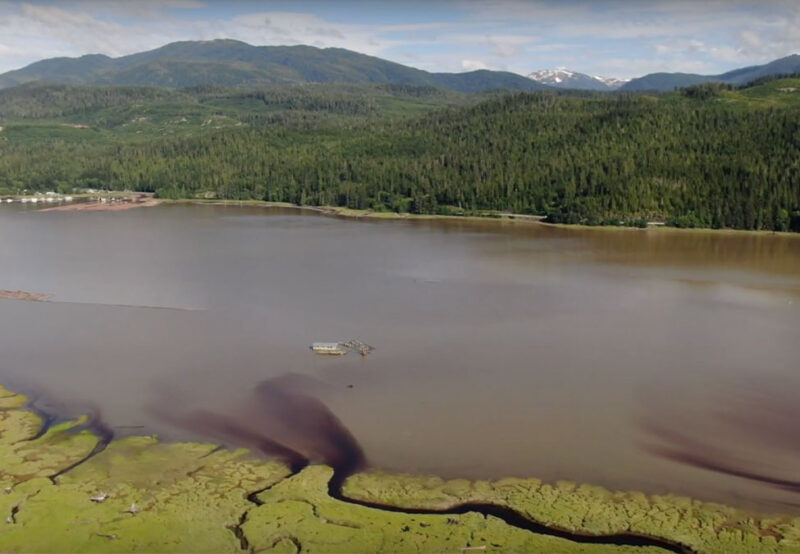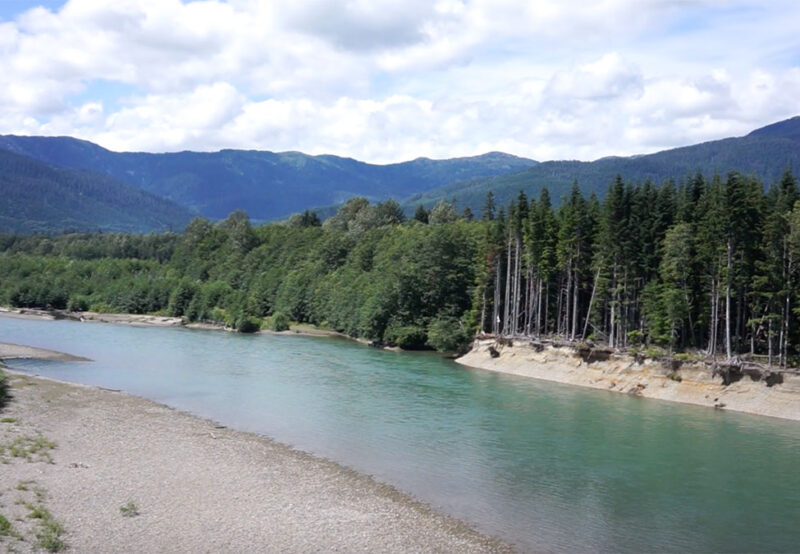Strength of Heritage
Loss of heritage, language, culture, tradition, skills, knowledge, that is based on a colonial history of systemic oppression, institutional racism, and Indigenous erasure, has been profound for all Indigenous Peoples. We are no exception. The violation of title and rights, and the implementation of both the residential school and reserve land systems, are genocidal policies that have impeded our connections to territory, tradition, and our ways of being and knowing. Our children and grandchildren still bear this burden, but the choices we make right now can break this cycle.
Our goal, through our Heritage Portal, is to create an ongoing, accessible repository for X̄á’isla knowledge, stories, culture and language that supports our whole community and our educators in reclaiming and preserving our heritage. We hope it will help to heal past trauma, re-ignite our pride, and celebrate a future of joy, dignity, connection and tradition for the generations that follow.
One of our Elders describes this beautifully: ”This will be a medicine for our people.”
Date - What Year That…
Here are some crucial events and key dates as well as important information regarding our community post coloniser contact. We thank our Elder Knowledge Keepers for sharing this information.
Coastal Descendants Head South
14,000 to 11,700 years ago
- A cooling period confines settlement to the coast.
- Descendants of initial settlers likely headed south for relatively warmer climates.
- Rising sea levels meant abandoning initial settlement villages for higher ground.
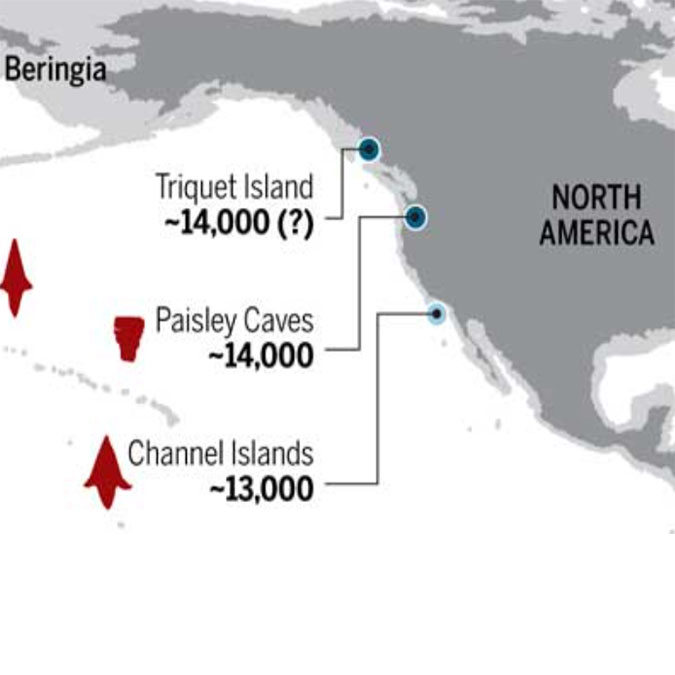
Kitimat Valley Is Ice Free
11,700 to 10,000 years ago
- The climate warmed, the glaciers retreated to Haisla Hill, then to Onion Flats and finally to Terrace.
- When the Kitimat Valley was ice free, the new forest ecosystem spread up the valley.
- The Kitimat River Estuary repopulated with fish, including salmon and oolichan.
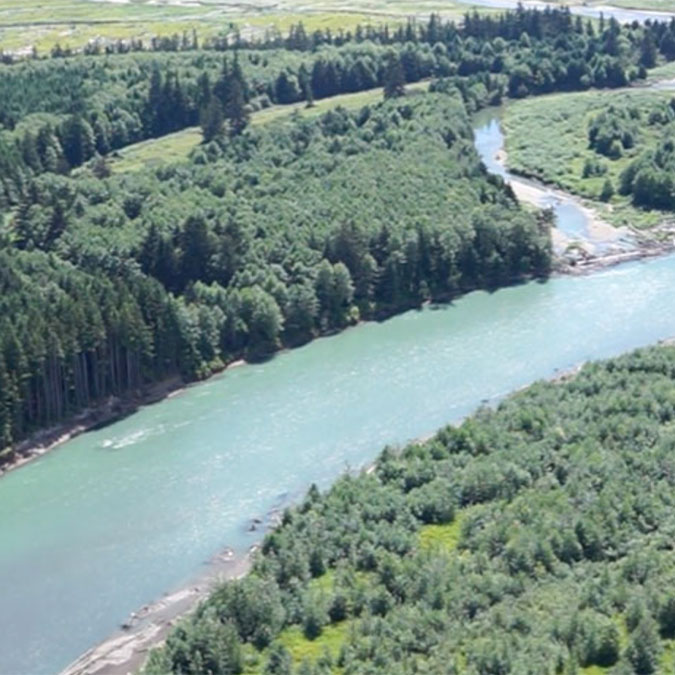
Hénƛ̓ikʷilaxʷ & First X̄á’isla Settlement
6,000 to 4,000 years ago
- As the forest regenerated, the Kitimat region would be a place of abundance to explore and hunt.
- A scientific study corroborates the arrival of Hénƛ̓ikʷilaxʷ, the first X̄á’isla.
- His was the first X̄á’isla settlement , at a time referred to as an "ecological optimum”, with new forests stretching back along the valley to what is now Terrace.

First Contact
1700's
- Our first recorded contact with Europeans as Joseph Whidbey commanded one of Captain Vancouver’s boats, travelled along the Douglas Channel into X̄á’isla Nation Territory.
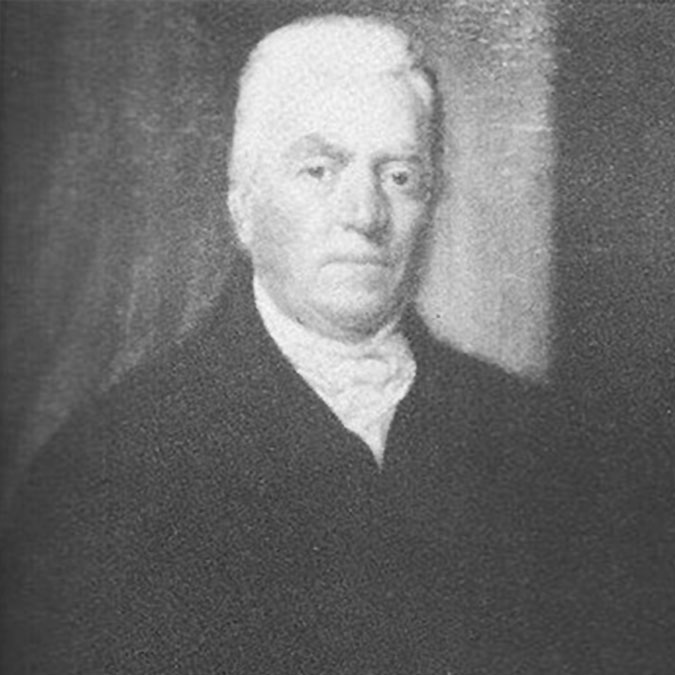
Trade & Religion
Early 1800's
- The X̄á’isla Nation began trading with the Hudson’s Bay Company.
- The first Bishop of British Columbia first came into contact with the X̄á’isla.

2019-01-01
Colonisation & The Church
1880's
- The first Protestant Missionary and boarding school were established at Kitimaat.
- Canada amended the Indian Act to include the infamous Potlach Ban.
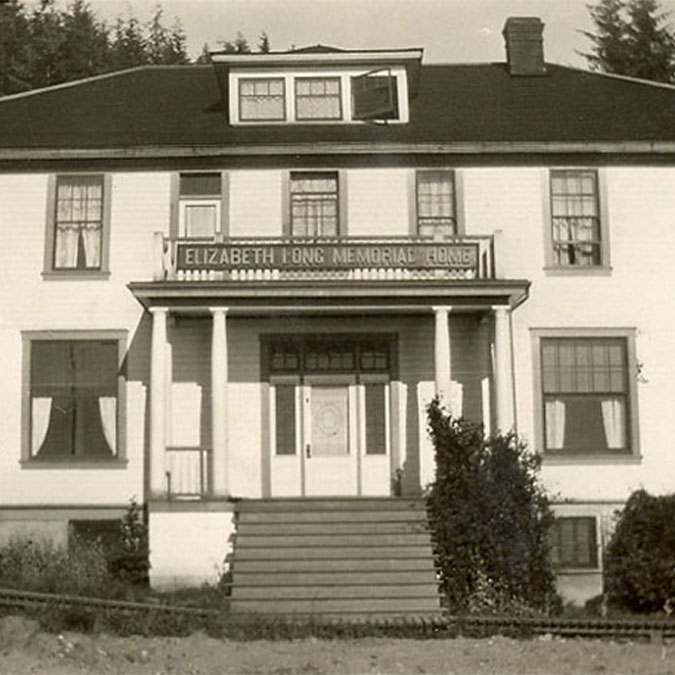
2019-01-01
Reserves & First Residential School
1890's
- The initial X̄á’isla Nation Reserves are set by the Indian Reserve Commissioner.
- The Coqualeetza Residential School opened, and our children began to be taken 1000 miles away from Kitimaat Village.
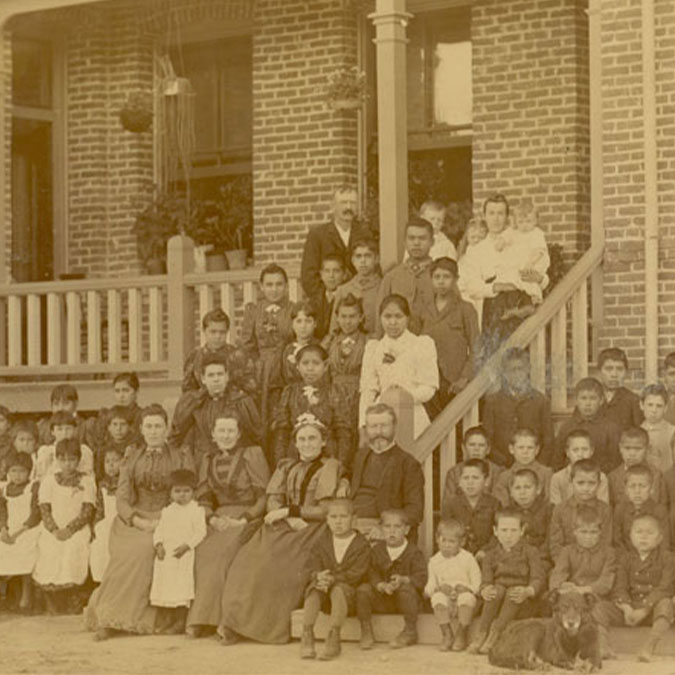
2019-01-01
Residential School Expansion
1900's
- Our children are also taken to the Alberni Residential School, which would stay open for 73 years
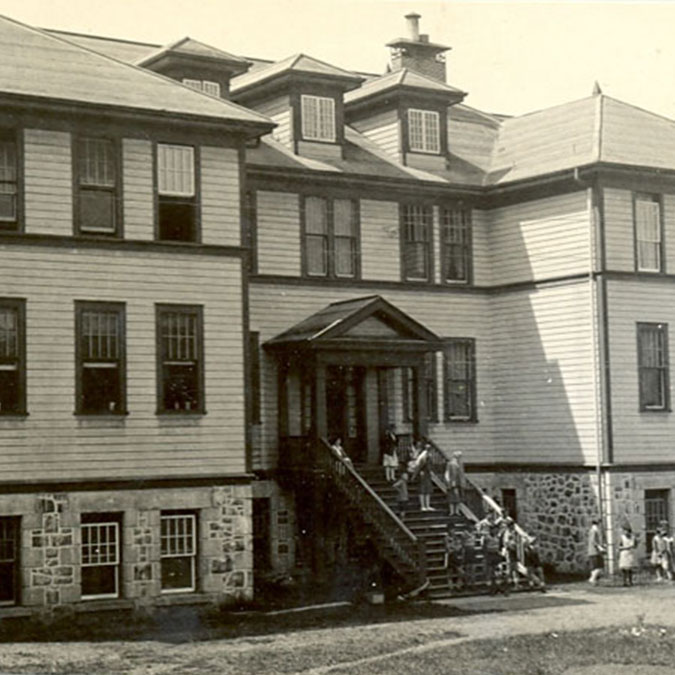
2019-01-01
Indian Affairs & Disease
1910's
- The Royal Commission on Indian Affairs was established, and Superintendent Israel Powell was to deal with the “Indian Land Question” in British Columbia.
- An influenza pandemic, followed closely by typhoid, dramatically reduces the X̄á’isla and Xenaksiala population, reducing numbers in our clan members.
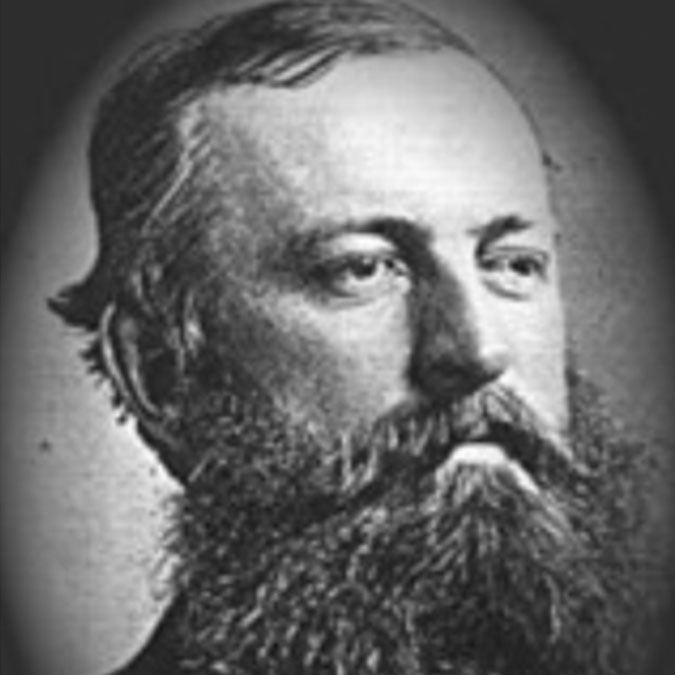
2019-01-01
G’psgolox Pole Disappears
1920's
- The X̄á’isla people returned from a fishing trip to find a 9-metre-high totem pole severed at the base and removed from our village. The G’psgolox pole is a Mortuary Pole, planted over the graves of Chief G’psgolox’s family.
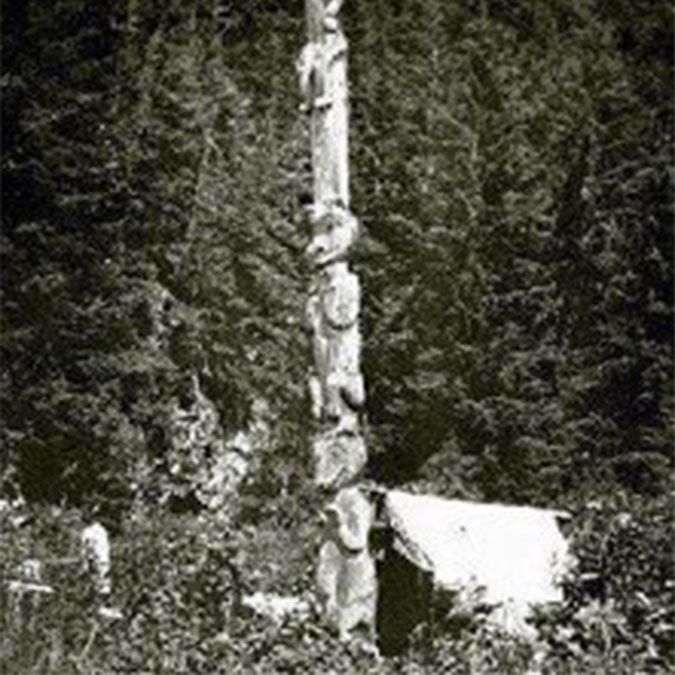
2019-01-01
Stolen Cultural Property & The BC Vote
1940's
- We receive the right to vote provincially.
- The Coqualeetza Residential School is closed permanently at the end of June.
- H.R. MacMillan purchases missionary-acquired Indigenous materials, including X̄á’isla cultural property and sacred pieces. They go to the Museum of Anthropology at UBC, where they remain to this day.
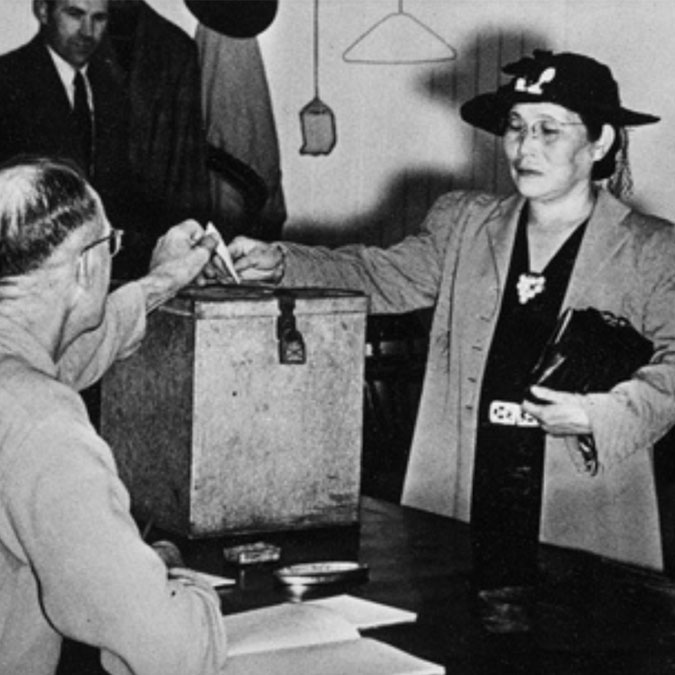
2019-01-01
Sixties Scoop & Amalgamation
1950's
- The beginning of the Sixties Scoop. This mass removal of 20,000+ Indigenous children from their homes to be adopted into primarily non-Indigenous homes is supported by government policies.
- Today’s X̄á’isla Nation is an amalgamation of two historic bands – the X̄á’isla of the Douglas and Devastation Channels and the Xenaksiala of the Kitlope or Xesdu’wäx of the upper Princess Royal Channel and Gardner Canal.
- This amalgamation helps both to recover from the devastating influenza, typhoid, and smallpox pandemics.

2019-01-01
The Federal Vote
1960's
- We receive the right to vote federally.
- The Sixties Scoop, the mass removal of Indigenous children from their homes, continues.
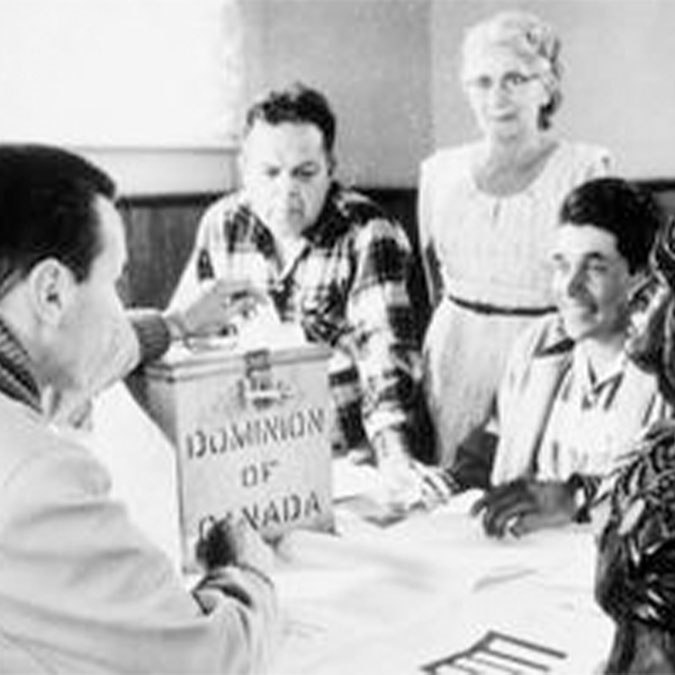
2019-01-01
Notorious School Closed
1970's
- Alberni Residential School was permanently closed on Aug. 31, 1973.
- The Sixties Scoop, the mass removal of Indigenous children from their homes, continues.

2019-01-01
Sixties Scoop Ends & Our Reserve Lands
1980's
- The mass removal of Indigenous children from their homes - the Sixties Scoop - ends.
- The Federal Government sets aside 1,640 acres for the X̄á’isla as reserve land.

2019-01-01
Delgamuukw Case & G’psgolx Pole Found
1990's
- The Supreme Court decision in Delgamuukw vs. British Columbia is delivered, acknowledging Aboriginal land title and setting a precedent for how it is understood in Canadian courts.
- The G’psgolx Pole is discovered in Stockholm. Louisa Smith and Gerald Amos, travel there to request its repatriation.
- The Na’Na’Kila Institute is established to protect and encourage development of X̄á’isla culture and language.

2019-01-01
G’psgolx Pole Repatriated
2000's
- After 16 years of negotiation, the G’psgolx Pole was repatriated to Kitimaat Village. The Swedish government never admits fault for taking the pole. The X̄á’isla only receive it in exchange for producing a replica, which they must pay to create and ship to Sweden.
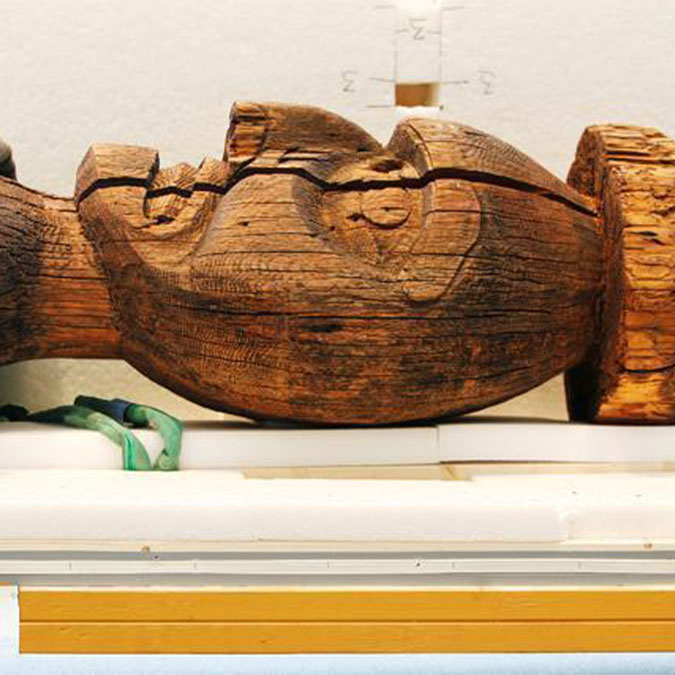
2019-01-01
Ancient Weirs Found
2018
- Ancient fish weirs are found in Minette Bay, and some are sent for radio-carbon dating.
- The weirs are determined to be 1,700 years old, supporting X̄á’isla Strength of Claim.
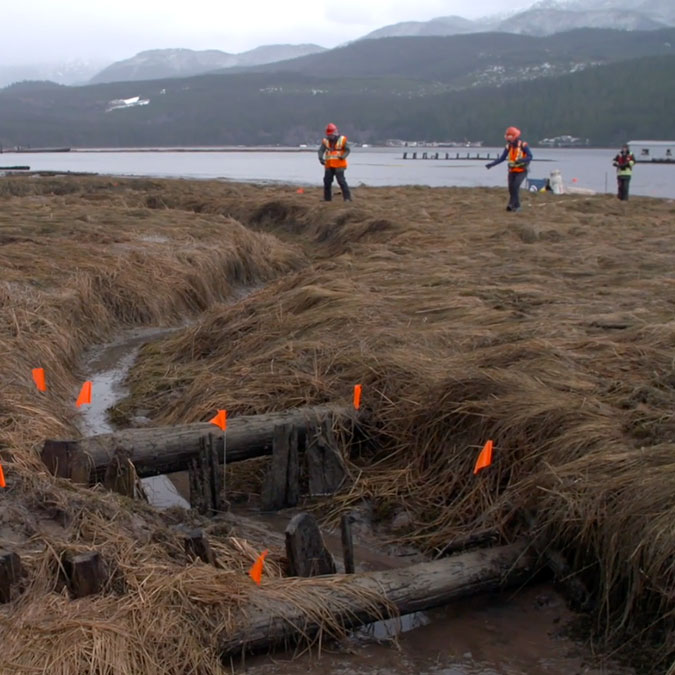
2019-01-01
COP28 & Language Preservation
2020
- Members from the X̄á’isla, Nisg̲a’a, and Metlakatla Nations join the First Nations Climate Initiative Canadian delegation at COP28, to share nature-based solutions being implemented in our traditional territories.
- The X̄á’isla Nation Education Department works with the First Nations Education Foundation to preserve X̄á’islakala. 10,000 words and phrases are documented, and the work continues today.
- The fish weirs are delivered to the Canadian Conservation Institute in Ottawa for preservation.

Gallery
The People Behind the Portal
Our X̄á’isla Team together with our Elder Fluent Speakers worked diligently over many years to bring this portal to life and preserve our heritage, and continue to do so. We are grateful for our collaborative and inclusive partners in filmmaking, animation, language revitalization, and web design, for their creativity and enthusiastic support in bringing this monumental project to fruition.
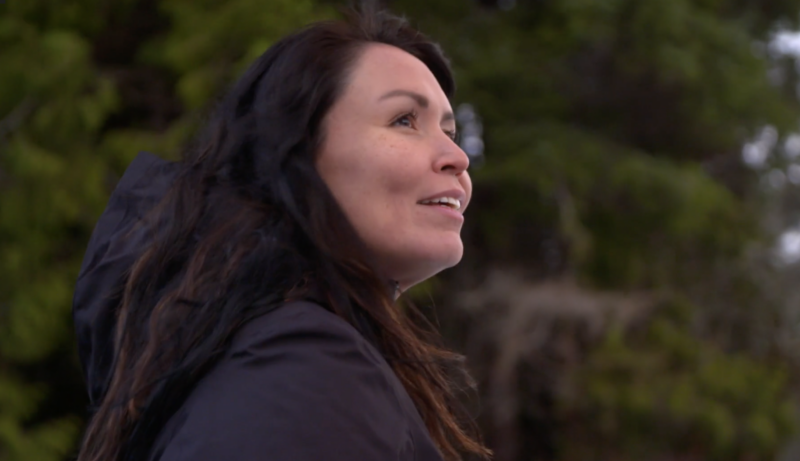
Continue to Learn
There are excellent resources that share more about X̄á’isla Nation. Here are just a few. Please get in touch with us if you’d like to learn more!
